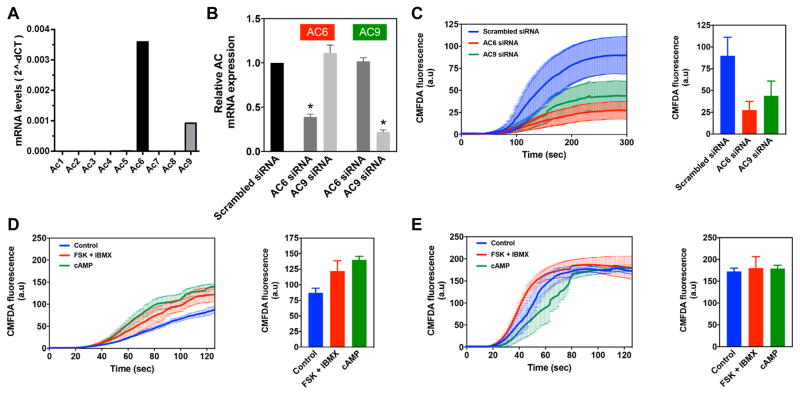Figure 4. Effects of cAMP on IP3R2-mediated bile secretion.
(a) Quantitative PCR detected only two AC isoforms in rat hepatocytes, AC6 and AC9. (b) Specific siRNAs selectively silenced AC6 and AC9 (*p<0.0001 by ANOVA with Dunnet’s post-test, n=10). (c) Organic anion secretion is significantly reduced by knockdown of either AC6 or AC9 (p<0.0001 by repeated measures ANOVA with Dunnet’s post-test, n=5). Bar graph illustrates that peak fluorescence is reduced by 70% by treatment with AC6 siRNA and by over 50% by AC9 siRNA. Secretion in this and the next two panels was measured by time-lapse confocal microscopic measurement of canalicular accumulation of fluorescence in rat hepatocytes in collagen sandwich culture that were incubated with CMFDA. (d) Organic anion secretion is significantly increased by 12 hr of treatment to increase cAMP with either FSK+IBMX or 8-CPT-cAMP (p<0.0001 by repeated measures ANOVA with Dunnet’s post-test, n=3). Bar graph illustrates that peak fluorescence is increased by 40% by FSK+IBMX and by over 60% by 8-CPT-cAMP. (e) Organic anion secretion is altered by acute treatment to increase cAMP with either FSK+IBMX or 8-CPT-cAMP (p<0.0001 by repeated measures ANOVA with Dunnet’s post-test, n=4). However, the principal difference is in the kinetics as canalicular fluorescence increases. The bar graph illustrates that peak fluorescence is increased by only 4% by treatment with either FSK+IBMX or 8-CPT-cAMP.

